It may be winter, but depending on where you live, you may experience a more mild climate instead of the dreaded snowstorms and freezing winds. Regardless of the weather; however, it is still vital to prepare your home during the idle months.
If you are living in a more temperate climate, you can take advantage of the tolerable environment by focusing on your outdoor living area so you can enjoy your patio year-round. There are several steps to ensure the protection of your outdoor space over the winter season, so follow them closely to keep your belongings in tip-top shape for years to come.
Snip Snip
As beautiful as your trees look, with their expansive branches towering over your home, during the winter, it is crucial to cut them short to prevent them from breaking off and ruining your roof, patio, and other parts of your home.
While you trim the branches, make sure to lay custom tarps over your outdoor furniture and essentials to prevent any damage due to falling debris. If the thought of climbing up a ladder to trim heavy branches is an intimidating endeavor, you can always call up the professionals to take care of the matter for you.
Don’t Ignore the Evergreens
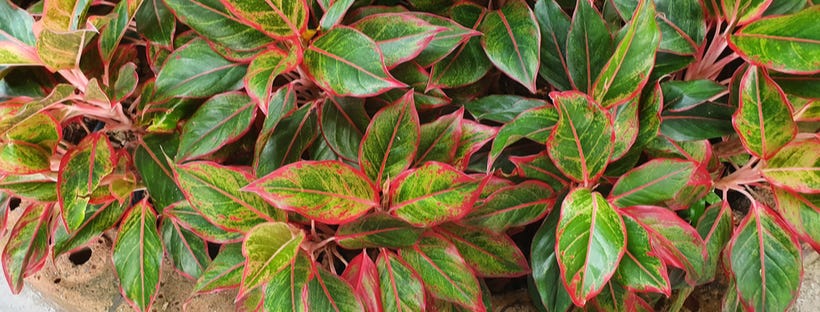
Although they may seem healthy on the outside, evergreens are more likely to dry out in the winter because of the moisture used to preserve their leaves. Don’t neglect these beautiful plants and keep them healthy through the winter months.
Make sure to keep them watered and consider spraying them with an antidesiccant. You may want to cover or move them into a shady area if possible, as too much sun exposure can cause water to be released when they need as much as they can get.
Seal the Deal
Although you may not be suffering through freezing temperatures, it is still likely you’ll want to keep as warm as possible during the winter months. To avoid any wasted energy costs, examine the outside of your home for any cracks or holes around windows, doors, and baseboards.
You could be losing air from any of these spots, so consider installing rubber door sweeps and filling in the cracks with caulking. You can sleep easy knowing you are getting the full benefits of your heating system without spending a fortune.
Aerate Your Lawn
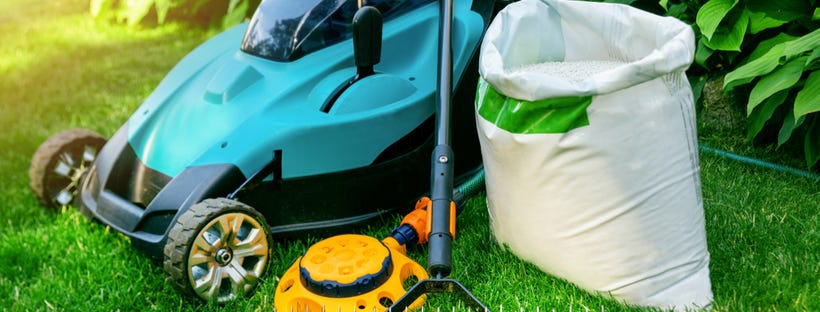
It may seem counterintuitive to think about a lush green lawn during the winter, but if you want your grass to look healthy when the warm months come around, it’s important to aerate your lawn just before temperatures drop too low.
To do this, you’ll need to rake out the layer between the grass and soil, or “thatch.” Once the raking is finished, use an aeration tool to poke holes all over the lawn. This way nutrients, oxygen, and water can easily make it to the grass’s roots and help it to grow.
Let Nature Do its Thing
As tempting as it is to rake up all the dead leaves and plants from your lawn, it is better to let them decompose naturally to add nutrients to the soil. Fallen leaves also act as the perfect insulation to keep the soil moist and warm, which allows plants to continue thriving during the cold season.
You should still inspect your lawn for any diseased plants however because they can harbor pests and fungi that will do more harm than good to your garden. They can also get in the way of your HVAC system. If you see any signs of disease on the fallen greenery, remove them as soon as possible.
Don’t Forget the Furniture
Unpredictable weather can tamper with the life expectancy of your outdoor furniture, so keeping them protected during the winter season can improve their longevity. Throw on a couple of water-proof custom covers to keep them safe no matter what the weather brings.
Along with rendering overall protection, a range of table covers and sofa covers, available in an array of prints, motifs, and fabrics, add a distinct character to an otherwise drab porch. Consider shielding your firepit with firepit covers to keep it safe and ready to use when summer comes.
Termite-inator
There’s a surefire, one-two punch prevention plan when it comes to protecting your home from termites. What better time to tackle this pest problem than the calm before the storm?
Consider phoning a local, qualified pest service to send an inspector to your dwelling.
To maintain a termite-free home, you need to take action to ensure your home is protected
- Remove access to gas and water lines.
- Reduce food sources.
- Remedy excess moisture sources.
- Monitor your defense with sporadic checks throughout the year.
Proof Your Pipes
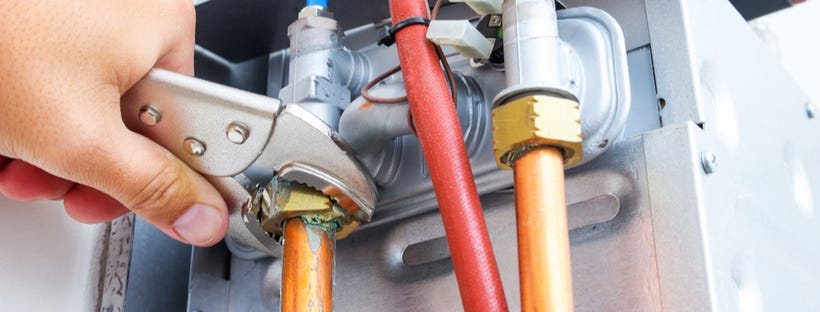
External pipes and cold weather do not get along. If they become frozen, they are vulnerable to cracks, which would result in serious structural damage. To prevent obstruction, provide an extra layer of protection by using insulation tape during the winter season to keep them safe from moisture.
The pipes on the outside walls must be fully drained to prevent water damage. Consider installing a flow-based water leak detection system that works like a fuse and shuts off the water supply if it detects a leak in your plumbing system. This reduces the risk of flooding and pipe bursts.
No Drain to Gain
During the winter months – especially in a mild climate – there is a risk of mildew buildup due to excess dampness. To protect your home from any resulting damage, inspect blocked downspouts, gutters, and exterior drainage systems, which tend to aggravate these issues.
If a clogged gutter overflows, it can ruin your porch and all the furniture and decor that decorate it. Likewise, a blocked downspout can damage the drainage system, so do yourself a favor and keep these areas in check this winter.
Update Your Siding
Fiber cement is significantly thicker than vinyl and can combat severe temperatures, which will keep you snug during the chillier months. This material is also moisture and mold-resistant and can withstand fire damage and pests. Having this upgrade not only helps with temperature regulation during the winter, but is an investment for year-round comfort.











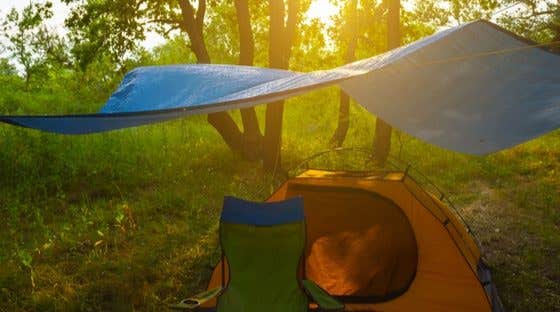

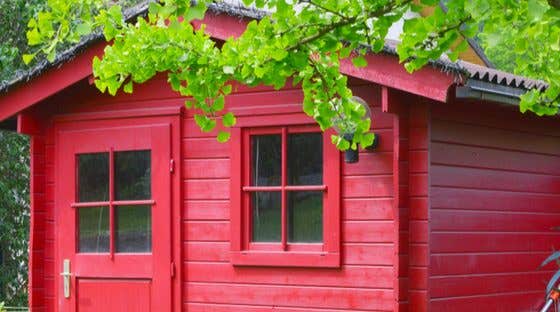
Recent Comments